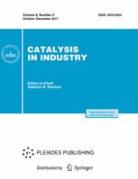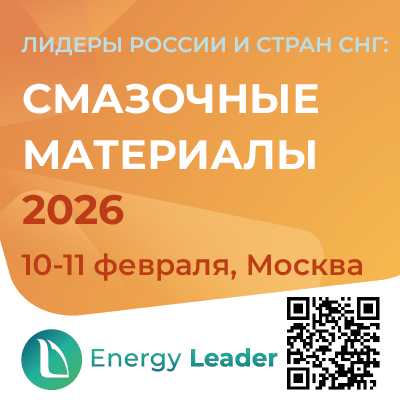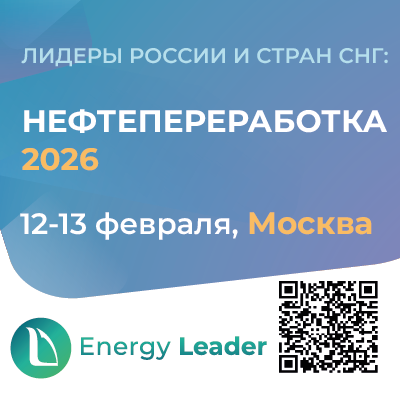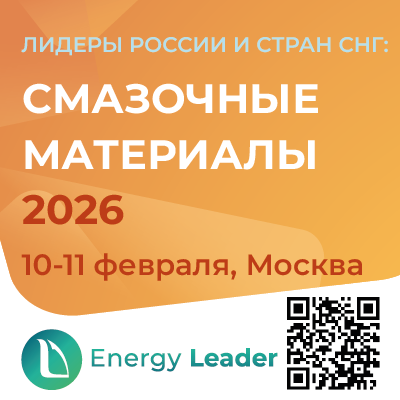CATALYSIS IN CHEMICAL AND PETROCHEMICAL INDUSTRY
The review paper deals with problems of generation of liquid para-hydrogen via the catalytic ortho-para-conversion (OPC) of molecular hydrogen at cryogenic temperatures, with the appropriate catalysts and some problems of the catalyst operation in liquid hydrogen generators. Procedures for estimating the catalyst activity to OPC and calculation of the capacity of liquid hydrogen generators are described. The most important papers are discussed, which concern the application of OPC catalysts for liquid hydrogen generators. A procedure is described for processing of experimental data on the catalyst to be used for calculation of lab-scale and industrial liquid hydrogen generators operating at different temperatures.
СATALYSIS IN PETROLEUM REFINING INDUSTRY
Bimetal Ni-Mo catalysts were prepared by impregnating the support consisting of amorphous aluminosilicate (AAS) and alumina with the solution of Ni, Mo compounds and citric acid; temperature of the thermal treatment was varied from 120 to 550 °C. XPS, TEM and HCNS techniques were used for studying physicochemical properties of the prepared catalysts. The catalysts were tested for hydrocracking of vacuum gasoil. Particles of the active sulfide component (NiMoS phase) were established to reside predominantly on the alumina surface and only partially on the AAS surface. As the temperature of the catalyst calcinations rose, the average number of layers in the NiMoS particles increased due to removal of citric acid that indicated a stronger interaction between the active sulfide component and alumina. The temperature elevation also was accompanied by an increase in the proportion of bulky Ni-Mo particles. The morphology of the active sulfide component was shown to influence the catalyst activity to hydrodesulfurization and hydrodenitrogenation but not to hydrocracking. The optimal temperature of thermal treatment of NiMo/AAS-Al2O3 catalysts prepared with citric acid was 120 °C. Recommendations for the thermal treatment of the catalysts under industrial conditions were provided.
The influence of the atomic W / (W + Mo) ratio in trimetal NiMoW catalysts on their catalytic and physicochemical properties was studied. The catalysts were prepared by impregnating the support consisting of amorphous aluminosilicate (AAS) and alumina with the aqueous solution of Ni, Mo, W compounds and citric acid. The catalysts were studied using XPS, TEM, NH3 TPD, low-temperature nitrogen adsorption techniques and tested for hydrocracking of vacuum gasoil (VGO). The active sulfide component layer was discovered to decrease in average length as the Mo content increased and W content decreased in the catalyst. From XPS data, the degree of tungsten sulfiding was lower in the trimetal NiMoW catalysts than in the NiW catalyst. The catalyst testing for hydrocracking of straight run VGO (390–420 °C, 16 MPa, feed flow rate 0.71 h–1, H2 : VGO = 1200 L/L) revealed that an increase in the W / (W + Mo) ratio led to an increase in the catalyst activity to hydrodesulfurization, hydrodenitrogenation, hydration, and to hydrocracking. NiW catalysts were more active than NiMo catalysts to the target reactions of VGO hydrocracking at high pressure and low sulfur content in the raw feedstock.
DOMESTIC CATALYST
Nanopowders of Pt0.5M0.5 (M = Fe, Co, Ni) alloys prepared by decomposition of complex binary salts [Pt(NH3)5Cl][Fe(C2O4)3]·4H2O, [Pt(NH3)4][Co(C2O4)2(H2O)2]·2H2O, [Pt(NH3)4][Ni(C2O4)2(H2O)2]·2H2O, respectively, were studied in the reaction of selective CO oxidation. The bimetal catalysts were shown more active at low temperature than the Pt nanopowder. The catalyst activities decrease in the series of Pt0.5Co0.5 Pt0.5Ni0.5 > Pt0.5Fe0.5 >>Pt. The observed high activity of bimetal Pt0.5M0.5 catalysts at low temperature and considerable coverage of the Pt surface by adsorbed CO molecules may be accounted for by the activation of CO on the Pt atoms and O2 on the second metal (Fe, Co, Ni) atoms and by the reaction localization on the Pt-M contacts on the alloy nanoparticle surface. The bimetal systems under study can be used for improving practically important catalysts for selective CO oxidation; they also are applicable for reburning of CO and hydrocarbons, hydrogenation, electrochemical reactions etc. The reported method for preparation of bimetal nanopowders based on the decomposition of complex binary salts is simple, does not need expensive reactants and can be easily adapted for synthesis of supported catalysts containing nanoparticles of metal alloys Pt0.5M0.5 (M = Fe, Co, Ni).
HISTORY OF CATALYSIS
The paper is devoted to the fundamental and technological aspects of cryogenic heterogeneous catalytic process for the production of liquid para-hydrogen. The said technology was used for constructing unique industrial facilities in the USSR.
BIOCATALYSIS
Heterogeneous biocatalysts prepared through immobilization of recombinant lipase Thermomyces lanuginosus on mesoporous inorganic supports (SiO2, Al2O3 and TiO2) were compared regarding esterificaiton of fatty acids with aliphatic alcohols. It was discovered that lipase is most active to the esterification when adsorbed on silica but inactivated completely when adsorbed on titanium dioxide. The biocatalysts supported on SiO2 are highly active and stable during esterification of saturated fatty acids comprising 4–18 carbon atoms (C) in the molecule with aliphatic C5–C16 alcohols in the organic solvent media (hexane and diethyl ether); any loss of their activity was not observed during several dozen (more than 40) reaction cycles. The most apparent selectivity to the substrate – fatty acid – was observed with the recombinant lipase rPichia/lip immobilized on silica. The synthesis rate of esters of low-molecular C4–C6 acids was as low as one third to one forth of that of C7+ acids. Comparatively wide selectivity was observed with respect to the second substrate (aliphatic alcohol); ester of enanthic acid (C7:0) with buthanol (C4) was synthesized at the highest rate.
A new plasmid construction based on the inducible promoter of glucoamylase gene (gla1) was used for the obtaining of new recombinant strains Penicillium verruculosum that secrete heterological xylanase E (XylE) P. canescens. New biocatalysts were developed which are XylEenriched cellulolytic enzyme preparations (EP). The content of XylE in recombinant EP varied within the optimal range from 11 to 24 % of the general protein pool at the preservation (in total) of the cellulase complex P. verruculosum. In comparison to EP prepared using the other expression systems and commercial preparations, the new EP demonstrated a higher hydrolytic activity with respect to polymers of plant substrates. For example, the efficiency of new EP glaX-17 to hydrolysis of aspenwood was higher by 13 % than that of the control EP agent and by 20 % than that of the commercial EP Accelerase Duet. In hydrolysis of wheat bran, glaX-17 was 35–43 % and 25 % more efficient than the control EP and the commercial EP Accelerase Duet, respectively. The efficiency of the new gla1 promoter for the production of EP (biocatalysts) at the preserved balanced cellulase complex of the strain and optimal yield of heterological XylE (that are necessary for complete hydrolysis of xylan-containing plant biomass) was demonstrated.
A mathematical model was suggested to describe the process of biotransformation of methyl phenyl sulfide to (R)-sulfoxide using immobilized cells Gordonia terrae IEGM 136. The experimental data were the base for determining kinetic regularities of the methyl phenyl sulfide biotransformation depending on the initial sulfide concentration and the biocatalyst quantity. The experimental data were compared to the results of mathematical modeling of scaling-up the process in a laboratory bioreactor. A mathematical model was developed to describe the said process with the re-used biocatalyst. The data obtained can be used for optimization of biotransformation of a wide range of organic alkylarylsulfides to produce optically active sulfoxides.
CHRONICLE
ISSN 2413-6476 (Online)



























